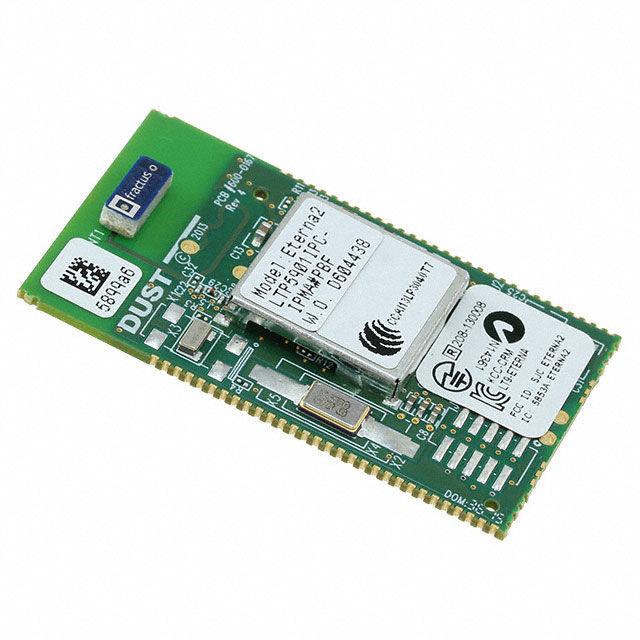Why Are Woodruff Cutters Vital in Modern Machining Processes?
- joddiemarshall6
- Oct 13
- 4 min read
Woodruff cutters are a specialised type of milling tool used to machine Woodruff keyseats into shafts. These tools allow for the creation of a semi-circular keyway that securely holds a Woodruff key. This key ensures the precise positioning of components like gears or pulleys and prevents movement along the shaft. Their consistent precision and unique cutting profile make them essential in various sectors demanding mechanical reliability.
Used widely in automotive, aerospace, power transmission, and industrial manufacturing, Woodruff cutters are known for delivering accurate, uniform keyseat profiles that align perfectly with Woodruff keys.
How Do Woodruff Cutters Differ from Other Milling Tools?
Woodruff cutters are distinct in design and purpose. Unlike slotting or side milling tools, these cutters feature a thin circular disc attached to a shank. The shape of the cutter directly corresponds to the profile of the keyseat, providing a precise groove that matches the Woodruff key's dimensions. This allows the cutter to plunge into the workpiece and create a clean, semi-circular cavity.
The unique cutting geometry not only improves efficiency but also reduces the chance of misalignment or mechanical play in high-torque assemblies.
Where Are Woodruff Cutters Commonly Used?
Woodruff cutters serve industries that demand accurate mechanical fit and reliable torque transmission. Their key applications include:
Automotive Engineering
Securing gears on transmission shafts
Aligning crankshaft pulleys
Fixing components in ignition and cam systems
Aerospace Components
Turbine engine assemblies
Rotor and shaft alignment
Actuation systems
General Machinery
Electric motor shafts
Gear reducers and couplings
Rotary actuators
These applications reflect the cutter’s role in maintaining performance and reducing mechanical wear through accurate fits.
What Are the Benefits of Using Woodruff Cutters?
Woodruff cutters offer several benefits that directly impact assembly quality, tool efficiency, and mechanical safety.
Deliver precise, repeatable cuts with minimal deviation
Prevent axial and radial slippage of rotating parts
Promote better torque distribution along the shaft
Reduce assembly misalignment due to the self-locating nature of Woodruff keys
Increase product life and system integrity
Their compact cutting profile also reduces the risk of over-cutting or excessive material removal, enhancing process control.
What Materials Are Woodruff Cutters Made From?
To withstand the mechanical stresses of metal cutting, Woodruff cutters are crafted from wear-resistant, durable materials. The most common options include:
High-speed steel for general-purpose applications
Carbide for high-speed and abrasive material machining
Cobalt-enriched alloys for increased toughness and thermal resistance
Titanium-nitride-coated cutters to minimise friction and extend tool life
Each material provides a specific advantage depending on the application, machining environment, and workpiece hardness.
How to Select the Best Woodruff Cutter for Your Operation?
Choosing the correct Woodruff cutter involves a careful assessment of several variables tied to your machining setup and desired results.
Cutter Dimensions
Match the cutter diameter and thickness to the size of the Woodruff key
Ensure the shank fits securely into the milling spindle
Workpiece Material
Use carbide cutters for stainless steel or hardened alloys
Apply HSS cutters for soft metals or general-purpose use
Machine Compatibility
Check spindle speed capabilities
Align feed rate with tool and material requirements
Key Fit Standards
Adhere to ISO or ANSI keyseat specifications
Verify depth control for uniform key placement
Proper tool selection not only improves performance but also reduces tooling costs and machining time.
What Techniques Improve Cutting Results with Woodruff Cutters?
Optimal performance with Woodruff cutters depends on both setup and process strategy. Incorporating best practices will enhance tool life and machining results.
Use rigid fixturing to avoid tool chatter or vibration
Employ cutting fluids to reduce heat and improve chip removal
Adjust feed rates based on cutter size and material hardness
Avoid excessive plunge depth to maintain dimensional accuracy
Regrind tools when edges show signs of wear
These practices ensure consistent keyseat quality while preventing tool or part damage.
What Safety Considerations Should Be Followed?
Although compact in size, Woodruff cutters operate at high rotational speeds and require careful handling to ensure operator safety.
Inspect tools before use to detect cracks or dullness
Use protective guards and safety glasses
Secure the workpiece to prevent shifting during cutting
Avoid manual clearing of chips while the spindle is active
Follow the manufacturer’s speed and feed recommendations
Adhering to safety protocols minimises operational risks and tool breakage.
How Do Woodruff Cutters Impact Assembly Efficiency?
By creating precisely sized and shaped keyways, Woodruff cutters eliminate guesswork in component placement. Their consistency reduces the need for post-machining adjustments, aligning mechanical parts with minimal effort. This leads to:
Faster assembly cycles
Reduced fitting issues
Lower chance of component misalignment
Improved load distribution across the shaft
In production environments, this translates to lower labour costs and fewer assembly errors.
Why Are Woodruff Cutters Still Preferred in CNC Machining?
Even with the rise of complex tooling solutions, Woodruff cutters retain their relevance due to their simplicity, cost-effectiveness, and high accuracy. They are easy to program on CNC systems and offer a reliable method for producing curved keyways in shafts.
Their standardised shapes simplify toolpath generation, and their minimalistic form factor makes them ideal for compact, high-density assemblies where straight keyways would be unsuitable.



Comments